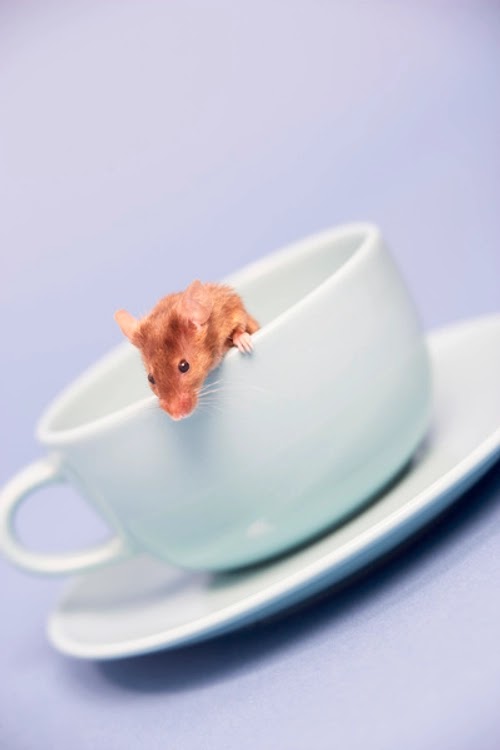A sweltering day in July! Thinking about Christmas. Christmas in July! Oh and what fun ceramics class were way back then. I made a few Nativity sets in my time, various sizes, each one a bit different from the others, almost all of them were gifts. One of which I have still have.
One which was designed for children and had every animal I could think of that may be welcome in a stable, cows and calves, horses and foals, mules geese, doves and dogs, chcikens and mules. Added extra characters, just because this one was intended for my child
The other contained some very ornate and antique looking figures, i was months perfecting it. More than once it has fooled people into thinking it was an antique. This one i gave to my parents. My Father built a stable for it and for my son's stable. In time my parents nativity set was passed on to me.
This all took place long before i had ever heard of Martha Stewart. I must confess I own almost every issue of "Martha Stewart Living" and faithfully watched and learned from her TV series. On a rainy or snowy and grey afternoon, i still page thru a couple MSLs, i dunno, it just lifts my spirits. Thanks Martha
,
Martha Stewart Reveals Nativity Scene Made in Prison — And How She Got Warden to Help Make It
Martha Stewart is sharing the story behind her now-iconic nativity scenes.
"Well, I was at this very lovely federal camp down in Alderson, West Virginia," Stewart, 81, told host Jimmy Fallon on The Tonight Show Thursday.
"They had a ceramics class. And I chose to spend my evenings making ceramics."
As Fallon began to laugh at Stewart's euphemism for where she resided from 2004-2005, he told her to plug her ears for one second.
"Prison," he told the audience in New York City, to which Stewart replied, "You can think of other ways to say it, you know, you don't have to say the 'P' word!"
Stewart then relayed the story of how she came to make the nativity pieces, the replicas of which are now sold on her website, Martha.com.
The lifestyle guru said she found "something like 15 pieces" of suitable molds in the prison store that could be used to make a complete crèche, but came up against a prison rule that says "You're allowed to make three things."
Her solution was simple yet ingenious: "I persuaded the warden that 15 pieces was one thing," she told Fallon.
When Fallon displayed the original version Stewart made of Joseph while in prison, she warned him to be careful handling it, before showing him a special detail.
"Look in the bottom," she said, as Fallon began to laugh. "That's my [prison] number!"
Last year, while displaying a 14-piece white-glazed Nativity scene sold on her website, Stewart had another way to describe the ceramic pieces she created while serving her sentence.
"If you'd like to give a really beautiful and special gift this Christmas, with a little street cred, they're all inspired by — guess what — a set that I made when I was confined," Stewart said in a TikTok clip, adding: "These are exact replicas of a Nativity scene I made in my pottery class when I was away at camp."
The TV personality has displayed the crèche in her home since 2005, after she served five months in prison for conspiring with her Merrill Lynch stockbroker to deceive authorities probing her December 2001 sale of stock.
She reminisced with PEOPLE in 2020 about making the Nativity set and the other creative outlets she turned to while incarcerated..
"Even when I went away for five months, I got through it. I learned how to crochet. I still have the gorgeous crocheted poncho [that I wore leaving prison]. It's in the attic. And I re-upped my ceramics there," Stewart said in November 2020.
"I had done a lot of ceramics as a child, and we had this fabulous ceramics studio in West Virginia, and I made an entire crèche scene. That's my best memory."
:max_bytes(150000):strip_icc():focal(674x9:676x11)/Martha-Talks-About-Her-Nativity-Scenes-111822-8169390fc11d48e494c80c9923939812.jpg) Martha Stewart is sharing the story behind her now-iconic nativity scenes.
Martha Stewart is sharing the story behind her now-iconic nativity scenes.
"Look in the bottom," she said, as Fallon began to laugh. "That's my [prison] number!"
"If you'd like to give a really beautiful and special gift this Christmas, with a little street cred, they're all inspired by — guess what — a set that I made when I was confined," Stewart said in a TikTok clip, adding: "These are exact replicas of a Nativity scene I made in my pottery class when I was away at camps away at camp." .

















